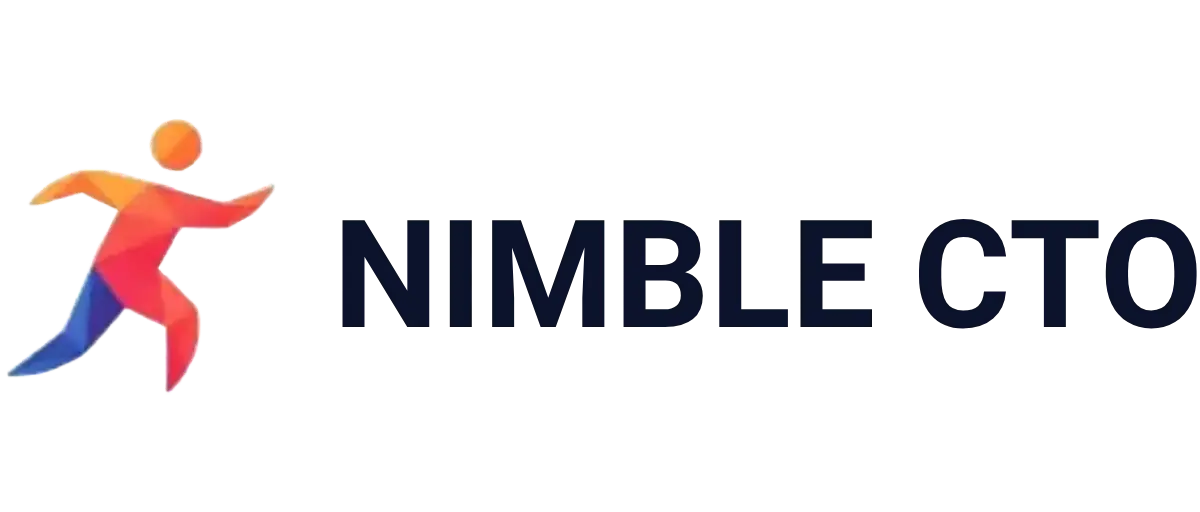One of the most important product management concepts is getting to market sooner rather than later with the Minimally Valuable Product (MVP) and iterating or pivoting as you gather feedback and learn, especially if you are building new, innovative products. This is simply the 80/20 rule applied to product management. Ignoring this concept and you risk over investing before you truly understand market requirements and you are very unlikely to get a return on your time and money.
 But what happens after you’ve validated that your MVP is on-track and valuable? How do you decide how much of the remaining 20% improvement is worth your time and money? Information is the missing ingredient and often it doesn’t exist when you’re building something new. The Imitation Game movie is about how Alan Turing crack the enigma code by building what many folks believe is the first computer. The key was reducing the breadth of the problem, reducing it again and finally searching for a pattern to build into your product. You can always expand the scope later.
But what happens after you’ve validated that your MVP is on-track and valuable? How do you decide how much of the remaining 20% improvement is worth your time and money? Information is the missing ingredient and often it doesn’t exist when you’re building something new. The Imitation Game movie is about how Alan Turing crack the enigma code by building what many folks believe is the first computer. The key was reducing the breadth of the problem, reducing it again and finally searching for a pattern to build into your product. You can always expand the scope later.
How do you get the non-existent information? In years past, the only way to get non-existent data is to gather the information yourself – often this is slow and very expensive. All the map product guys employ many people to drive around and gather information on roads and buildings. Startups never have the resources that Google has so alternatively today, crowdsourcing is an outstanding method and alternative to gathering your own data. For example, Waze designed a product that encouraged their users to provide feedback and they crowdsourced information that would have cost many millions of dollars.
Finally, when you’re in the trenches of reducing the problem scope and searching for patterns, be on the lookout for technology game changers – i.e. internet, mobile, cloud, etc. – that change assumption and unlock new pathways.


No responses yet